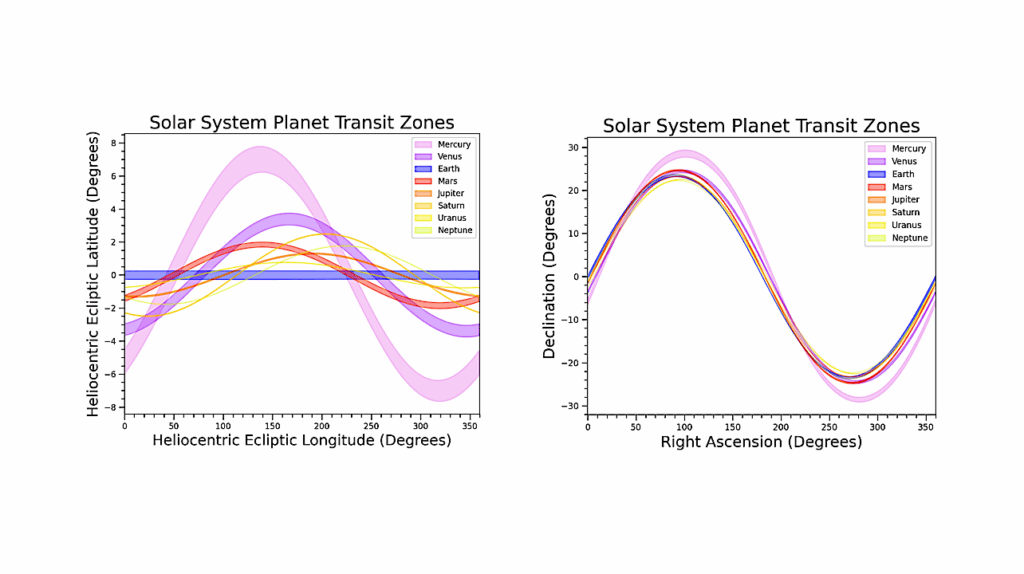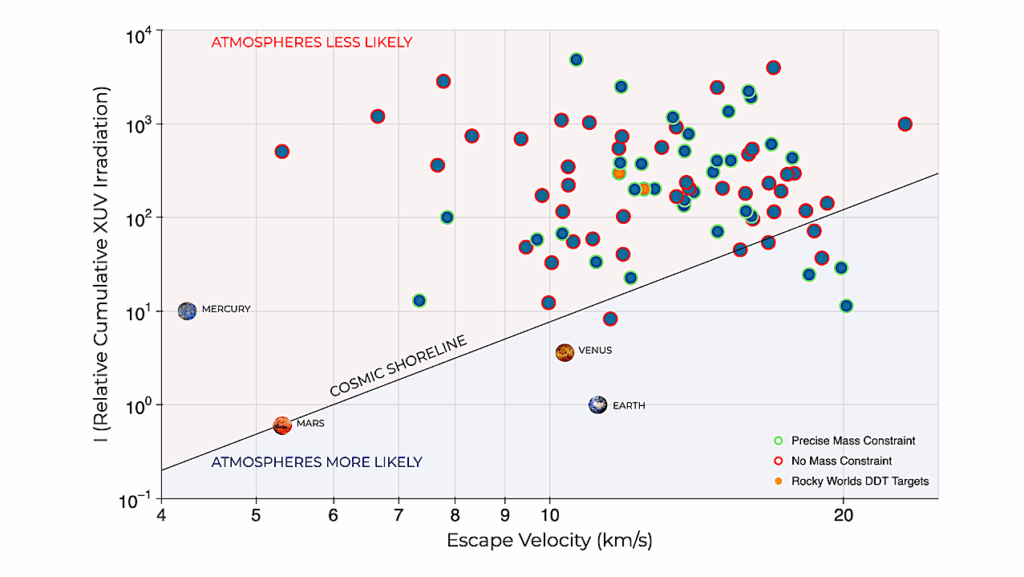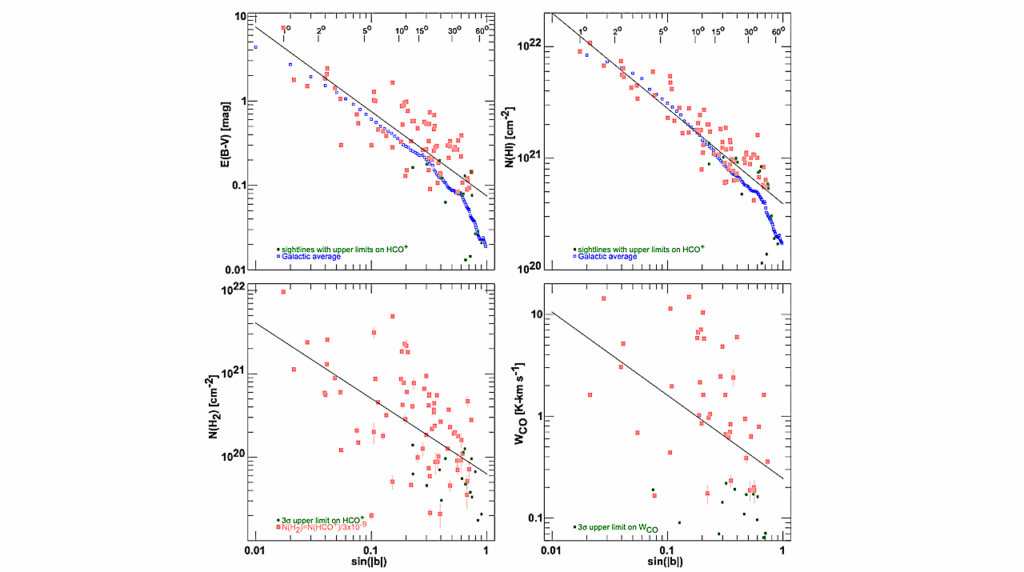Magnetic Fields of M Dwarfs from the Pleiades Open Cluster

Average magnetic field measurements are presented for 62 M-dwarf members of the Pleiades open cluster, derived from Zeeman-enhanced Fe I lines in the H-band. An MCMC methodology was employed to model magnetic filling factors using SDSS-IV APOGEE high-resolution spectra, along with the radiative transfer code SYNMAST, MARCS stellar atmosphere models, and the APOGEE DR17 spectral line list.
There is a positive correlation between mean magnetic fields and stellar rotation, with slow-rotator stars (Rossby number, Ro>0.13) exhibiting a steeper slope than rapid-rotators (Ro<0.13). However, the latter sample still shows a positive trend between Ro and magnetic fields, which is given by = 1604 × Ro−0.20. The derived stellar radii, when compared with physical isochrones, show that on average, our sample shows radius inflation, with median enhanced radii ranging from +3.0% to +7.0%, depending on the model.
There is a positive correlation between magnetic field strength and radius inflation, as well as with stellar spot coverage, correlations that together indicate that stellar spot-filling factors generated by strong magnetic fields might be the mechanism that drives radius inflation in these stars.
We also compare our derived magnetic fields with chromospheric emission lines (Hα, Hβ and Ca II K), as well as with X-ray and Hα to bolometric luminosity ratios, and find that stars with higher chromospheric and coronal activity tend to be more magnetic.
Fabio Wanderley, Katia Cunha, Oleg Kochukhov, Verne V. Smith, Diogo Souto, Lyra Cao, Kevin Covey, Steven R. Majewski, Cintia Martinez, Philip S. Muirhead, Marc Pinsonneault, C. Allende Prieto, Keivan G. Stassun
Comments: Accepted for publication by The Astrophysical Journal (ApJ); doi:https://doi.org/10.3847/1538-4357/ad571f
Subjects: Solar and Stellar Astrophysics (astro-ph.SR); Astrophysics of Galaxies (astro-ph.GA)
Cite as: arXiv:2406.13757 [astro-ph.SR] (or arXiv:2406.13757v1 [astro-ph.SR] for this version)
Related DOI:
https://doi.org/10.3847/1538-4357/ad571f
Focus to learn more
Submission history
From: Fábio Carneiro Wanderley
[v1] Wed, 19 Jun 2024 18:13:15 UTC (838 KB)
https://arxiv.org/abs/2406.13757
Astrobiology








